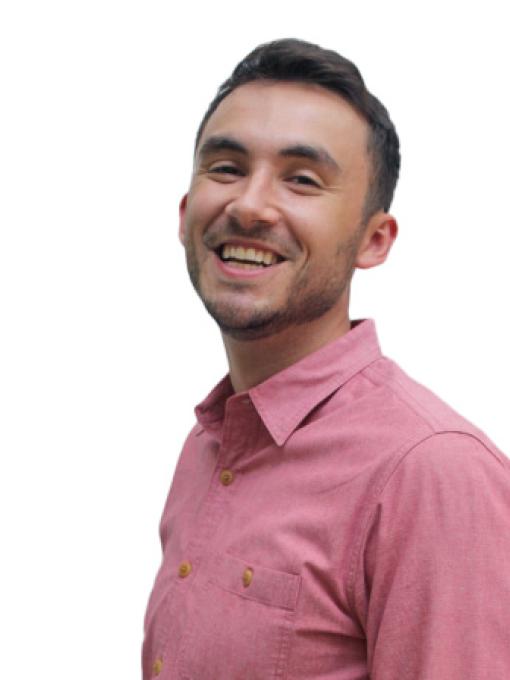This week, the Doomsday Clock moved forward ten seconds, placing us just 90 seconds from midnight.
The symbolic clock, set annually by experts at the Bulletin of the Atomic Scientists, measures how close we are to human-caused apocalypse. The war in Ukraine, growing nuclear tensions, climate change, and infectious disease all factored into the clock being moved closer to midnight than it’s ever been in its 75-year history.
“We are living in a time of unprecedented danger, and the Doomsday Clock time reflects that reality.”
“We are living in a time of unprecedented danger, and the Doomsday Clock time reflects that reality,” said Rachel Bronson, president and CEO of the Bulletin of the Atomic Scientists, in a statement. “It’s a decision our experts do not take lightly.”
“From almost every perspective, the risk of nuclear catastrophe is higher today than last year,” said Steve Fetter, another Bulletin expert, at a news briefing.
Quick check-in: Did reading that get your heart rate elevated? Did it send a little surge of existential anxiety through your body? If so, it’s understandable. This announcement took the core fears that plague contemporary humanity—nuclear annihilation, climate collapse, pandemics—and wrapped them up in a tidy package. It’s enough to put anyone on edge.
But the experts behind the clock also made one thing very clear: This isn’t an iron-clad prediction. It’s an urgent call to action. And if there’s anything that we’re equipped to do as advocates, it’s turning existential dread into hopeful, forward-looking action.
The FCNL network has done precisely that for 80 years—through the perils of the Vietnam War, the Cold War, and Sept. 11—and we’re going to do it now, too.
The experts behind the clock also made one thing very clear: This isn’t an iron-clad prediction. It’s an urgent call to action.
No one piece of legislation will push the Doomsday Clock back; no single tactic can reverse the environmental destruction, nuclear threats, and endless wars to which we bear witness. But if we keep our advocacy intersectional, embrace community, and maintain persistent hope, a path through the doom will emerge.
FCNL’s first executive secretary, E. Raymond Wilson, once wrote, “We ought to be willing to work for causes which will not be won now, but cannot be won in the future unless the goals are staked out now and worked energetically over a period of time.”
That’s the spirit that grounds our work here on Capitol Hill. We hope it will inspire you wherever you might be, too.

